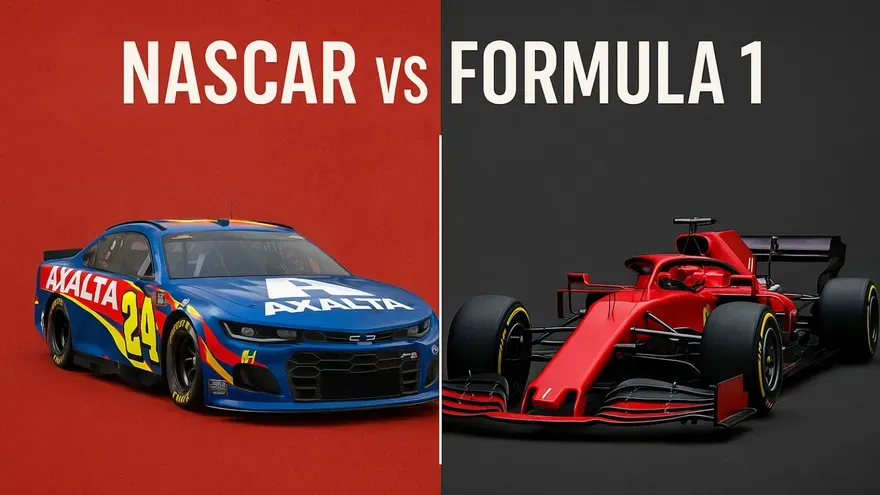NASCAR racing has traveled far from simple dirt racing to the world’s biggest motorsport event. The sport has now become a technological powerhouse of the racing realm. NASCAR has been pushing technology and innovations that reflect time and prosperity for decades. Not only with speed but also with a commitment to ongoing safety and the spectators' excitement we see today. In this article, we will look at some major technological changes that revolutionize the sport forever today and beyond.
Some Major Technological Milestones That Changed NASCAR Racing
NASCAR Racing has undergone various technological changes over the years. Evolving from basic restored stock cars to aerodynamically engineered racing machines, NASCAR has come a long way. Let us revisit a few technological changes that changed the history of NASCAR racing.
The Early Era: Building NASCAR (1940s-1960s)
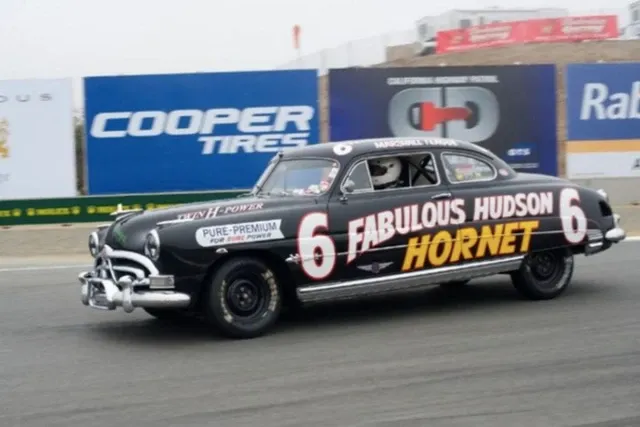
The early years of NASCAR racing were just building the foundation of the biggest motorsport event. The cars were directly bought from the showroom to the workshop, where the mechanics and engineer modified the car for better power and performance. However, the most significant changes were made through the 1950s-60s, when various automobile companies entered the racing world with their production of road-legal cars. It was the first time that a few major changes were made to the car setup for racing. Some famous drives that glorified NASCAR racing are as follows.
1952: Hudson Hornet introduced its own ‘step-down” chassis design. This design was special in many ways as it showcased the idea of lowering the center of gravity of the car to reduce drag while passing through the fast lane.
1957: The introduction of mechanical fuel was introduced in NASCAR for the first time.
1963: For the first time, NASCAR cars brought major changes in the field of automobile engineering. Chrysler’s 426 HEMI engine was introduced in the race and completely changed the game for the competitors.
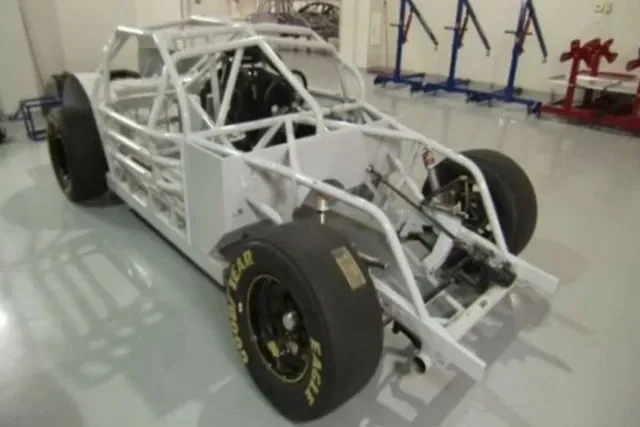
1966: The introduction of a roll cage inside the cabin of the car was made compulsory. It was also one of the biggest innovation changes in the safety of the drivers.
The Aerodynamic Era (1970s-1990s)

1970: In this era, the rise of aerodynamic, innovative cars took place, which included the aero wings and streamlined body designs.
1980: New safety standards and features were inducted on the grounds of NASCAR Racing.
1990: The introduction of electronic fuel injection and traction control systems was incorporated inside the new aerodynamic stock cars.
Safety Revolution Era & Tracks Modifications (2000-2006)
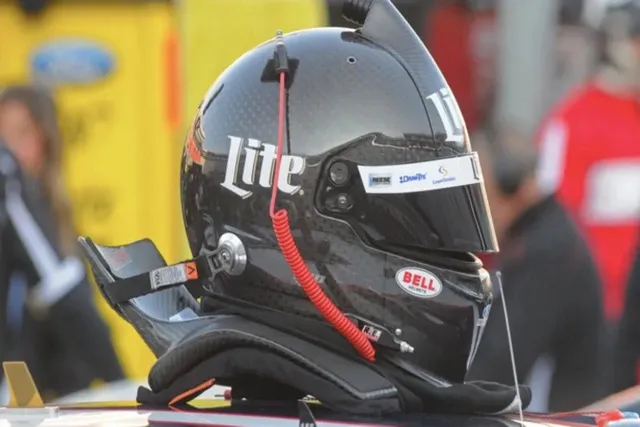
2001: The HANS device was introduced in the history of NASCAR. It was also known as the head and neck support. This innovation was very important as it helped to avoid fatal basilar skull fractures. This could occur to any driver who met with an accident on the track while racing. The HANS would help him to guard his or her head and neck at the time of such incidents.
2002: The SAFER Barrier is a type of steel and foam energy reduction barrier that plays a crucial role in times of fast-paced accidents. These barriers absorb very large amounts of force or friction at the time of high-speed crashes on the track.
2004: In 2004, a new safety innovation took place for the protection of drivers when fatal crashes took place. The introduction of carbon-fiber seats was fitted inside the cockpit, which provides superior protection to drivers.
2005: Other safety improvements were made so that both the cars and drivers would be safe during crashes. For important, impactful data, recorders, also known as the black boxes, were implemented that could collect crucial data at the time of crashes.
2006: A roof flap was mounted on the roof of the stock car as the aerodynamic safety feature that would prevent cars from going airborne after a fatal accident occurs. These flaps act as spoilers when a car spins or disrupts its airflow while driving through the fast lane.
The Digital Era: Modern Innovation & Beyond (2010s-Present)
Recent innovations and technological advancements have made NASCAR racing a global motorsport event. Speed thrills and sporty design have made the sport a powerhouse medium of auto with tech.
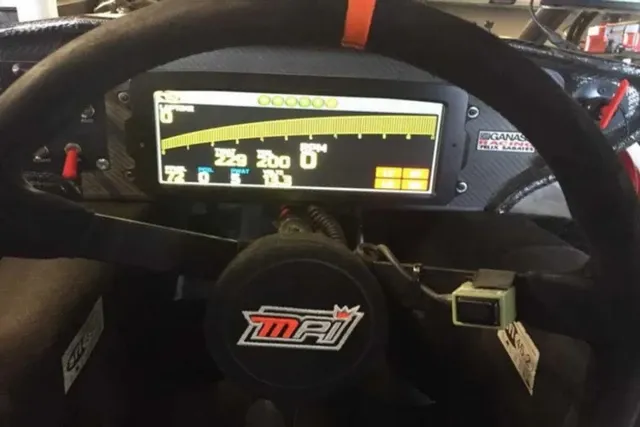
2012: This was the year when for the first time, a real-time biometric monitoring system was incorporated inside the dashboard of the car to check the vital signs of the driver during the race.
2013: With the latest technology comes the latest speed. The Gen-6 cars were introduced on the track now with more power and torque.
2016: With new designs, new generations of cars were racing on the track and during this time the drivers saw the implementation of digital dashboards behind the wheels.
2022: The COT, or the Car Of Tomorrow, debuts on the tracks with composite bodies, independent rear suspension, and 18-inch sporty wheels.
All these innovations and technological developments have made NASCAR racing a relentless pursuit. From simply modified stock cars to high-speed racing machines with AI-driven safety features, NASCAR motorsport development prioritizes safety and innovation.
What is your favorite NASCAR innovation? Please let us know in the comments below. For more such updates on F1 and NASCAR, subscribe to our newsletter.







